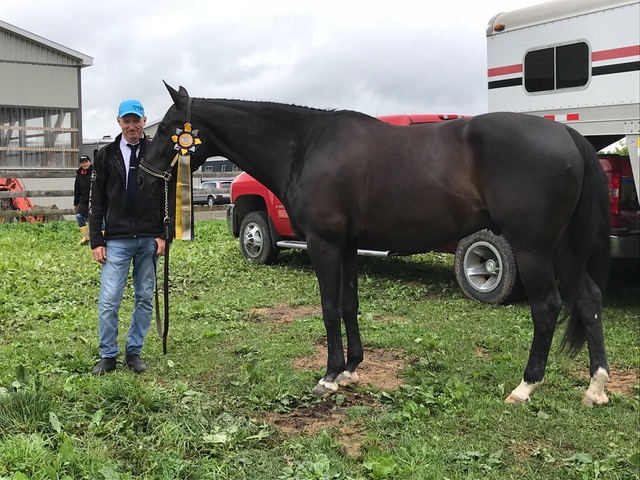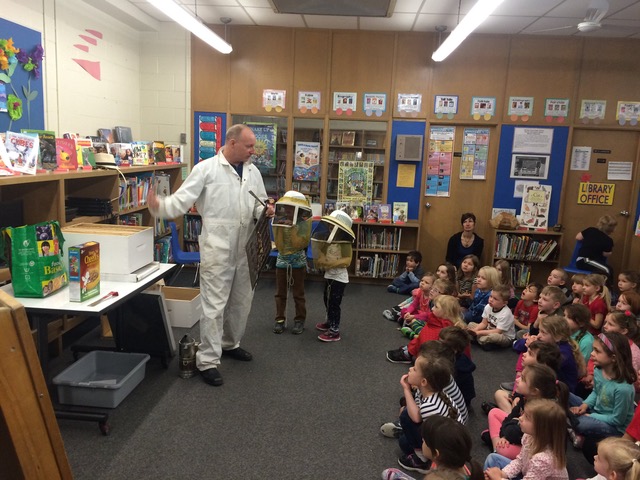
IS: Who are you and what do you do?
Who am I? For the past ten years, I have been a Professor of Biology at Western University in Canada. My research programme folds-in a lot of social insect research, to the extent that we have dubbed our lab ‘The Social Biology Group’. This is a fun moniker for us that I hope reflects our interest in the ideas that permeate the study of social breeding systems, rather than any one person (me) or taxon. My lab usually supports between 3-5 people – though currently, we are at ten – and for the non-human taxa in our lab, we like to mix it up! We keep honey bees, termites and even fruit flies as playthings and models to test cool, evolutionarily-minded ideas in sociobiology.

Our lab logo – The Social Biology Group at Western University (Canada). For the Study of Behavioural Genetics and Sociobiology.
IS: How did you end up researching social insects?
I got lucky. In my final year of undergrad, I was inches away from graduating into the void of nothingness. I took a field course that the University of Guelph (Canada) offered at the time, in Jamaica. The course was a bit of a junket, I guess, but did expose many of us to tropical ecosystems for the first time. Most students frolicked in the foreshore of Discovery Bay, but I was one of the few students involved in a non-SCUBA project. I had freshly taken a course with IUSSI member Prof. Gard Otis and, having been intrigued by social insects in class, I found the arboreal Nasutitermes nests in Jamaica to be just the thing! Fatefully, on that same field course was my future MSc supervisor, Prof. Paul Hebert (who some may recognize for his later work on DNA barcoding). We ran some impromptu allozyme gels (it was the 90s) to decipher each termite colony’s breeding genotypes. I think I was literally the first undergraduate to actually use a Punnet square in real life, or so it seemed. It was amazing! Chance meets opportunity. I got into grad school. I’ve been living the dream ever since.

Talking termites at the Biology and Genomics of Social Insects Meeting in Cold Spring Harbour, May 2018, featuring IUSSI members Mackenzie Lovegrove, Ed Vargo, Anna Chernyshova and, in the background, Guy Bloch.
IS: What is your favorite social insect and why?
I don’t really have one, or, at least, not a permanent one. But I can remember the glee of first finding Glyptotermes in rotten logs shortly after moving to Melbourne (Australia), as well as Coptotermes in giant mounds along the roadside near Canberra, Drepanotermes hoarding dried grass in their underground chambers in the Outback, and massive Neotermes in a suburban wind-blown Eucalypt. I also felt centred living along-side the mighty Mastotermes darwiniensis on campus at James Cook University in Queensland (where I once did a postdoc). This termite is a fascinating creature from another time, and sadly, is on its way out after a 200 M year reign. Maybe just a few million years left before its phylogenetic branch falls off completely? But these and other fleeting moments of biophilia do not tempt me to rank any taxon above another. Did I even mention bees yet? Plus, if I promote my favourite taxon at the expense of yours, as some do, inadvertently, with informercial-style talks at conferences, then I run a risk of coming across as a taxonomic chauvinist. I, therefore, think it’s best to keep our field taxonomically (and otherwise) diverse.

Seek and you shall find: ‘Termite Avenue’ near Cairns Australia with fellow termite enthusiasts (L-R) Vernard Lewis, Becky Rosengaus, and Susan Jones. This photo was taken from an impromptu excursion from IUSSI 2014. A farmer had ‘planted’ termite mounds along his driveway as if they were hedges. #onlyinAustralia
IS: What is the best moment/discovery in your research so far? What made it so memorable?
As the late Ross Crozier once said, science is a grand tapestry of which we are all threads. Or something along these lines…anyway, when my Ph.D. supervisor was once asked this same question, he, being somewhat more poetic than me, conveyed to the interviewer that for him, discovery was as much about the people he was funding and teaching and training as it was about the biological discoveries they were making. Like Ross, I also view science as a social enterprise and my best memories are not necessarily centred around making single discoveries – although I am indeed proud of a few things – but rather the shared experience of doing so with others who have traveled, however briefly, alongside my science journey. I have met many such people along the way!

A conference lost in time. With former Hamilton Award winner, the late Ross Crozier, who was my Ph.D. supervisor (1997-2000), and past IUSSI President Ben Oldroyd, with whom I did a postdoc (actually, two! 2003-2007) and who taught me everything I know about honey bees. Ross and Ben have been great mentors to me.
IS: If teaching is part of your work, what courses do you teach? Has your work on social insects helped to shape your teaching?
I teach third- and fourth-year courses at Western University in Canada. Currently, Animal Behaviour and Behavioural Ecology, which are both right up my alley. I do let loose on the details of honey bee biology from time to time, to the delight of my undergrads. But I only do so as one of many possible vehicles to teach the ways and means of natural selection. I strongly prefer to explain biological concept over any specific content, and usually emphasize process over memorized particulars.

One of our apiaries at Western University in action! With students (L-R) Kyrillos Faragalla and Anna Chernyshova. I am ‘supervising’.
IS: What is the last book you read? Would you recommend it? Why or why not?
I recently read The Price of Altruism by Oren Harman (Norton; 2010) and am meandering my way through two books by philosopher and biographer Ullica Segerstrale: Defenders of the Truth (Oxford; 2000) and Nature’s Oracle (Oxford; 2013). I met Ullica at a recent conference, and she deserves great credit for chronicling the on-going history of our field. All three of these books are biographical narratives of the people – George Price, Bill Hamilton, Ed Wilson, and others – whose lives, luck, insight, and in some cases, misfortune, shaped the academic turf on which we now play. I love this stuff.

The Price of Altruism is high, as Oren Harman explains.
IS: Did any one book have a significant influence in shaping your career? What was the book and how did it affect you?
At risk of sounding unoriginal, it was, of course, The Selfish Gene! I read it as a senior undergraduate and, in a whiff, the whole of my undergraduate training made sense, albeit, retroactively. It is bemusing to think that biology degrees are still taught by rolling out information piecemeal, course by course, without a grand unifying theme that ties it all together. The Selfish Gene did that for me, as it famously has for so many others.

Lab photo 2017 (L-R) Anna Chernyshova, me, Anthony Gallo, Kristin Ransome, Christine Scharf, Julia Saraceni, Rahul Choorakkat, Kyrillos Faragalla and, missing from this photo, our three beekeepers: Rick Huismann, Andrew Pitek, and Alex Guoth.
IS: Outside of science, what are your favorite activities, hobbies or sports?
Little known fact: I am an equestrian. I own my own horse and train with a coach to compete at shows. My horse and I are currently qualified for the Trillium Hunter Jumper Association Championships held in Toronto, the big end-of-season glitzy tourney for the top horse-rider pairs in the province (of Ontario). True story!

Me and my trusty steed, a 16.3 hh Warmblood-cross gelding. On this day, he was Reserve Champion for his division.
IS: How do you keep going when things get tough?
I think the best quality for success in academia is sheer persistence. That, and playing the long game. Summer field season didn’t work out? -80C freezer went kaput? Paper sent to review for the third time? Funding pulled at the last minute? No problem! Dust yourself off and keep going as best you can. My advice, if you’re asking for it, is to stay consistent and persistent in your effort. We can all tolerate setbacks, even big ones, provided we recover quickly and keep going.

One of our summer-long experiments in progress: feeding probiotic-infused pollen patties to increase performance and enhance resistance to disease. Or, we’ll see anyway!
IS: If you were to go live on an uninhabited island and could only bring three things, what would you bring? Why?
Sewall Wright’s Evolution and the Genetics of Populations Vols. I-III. We’ve all read Vol. IV, so no need to bring that.
IS: Who do you think has had the most significant influence on your science career?
A mentor who infused me with confidence and direction? An inspiring colleague who made academia fun when, without them, it wouldn’t have been? An influential author who taught me all I need to know? A friend who rounded out your life away from the lab? Your lab mate who killed it and lifted everyone around them? For me, it’s all of these, all the time.

Recruiting kindergarten beekeepers at Wortley Public School in London, Ontario.
IS: What advice would you give to a young person hoping to be a social insect researcher in the future?
Start early.

It’s never too soon to begin your career in social insect research! My kids helping me tend the bees.